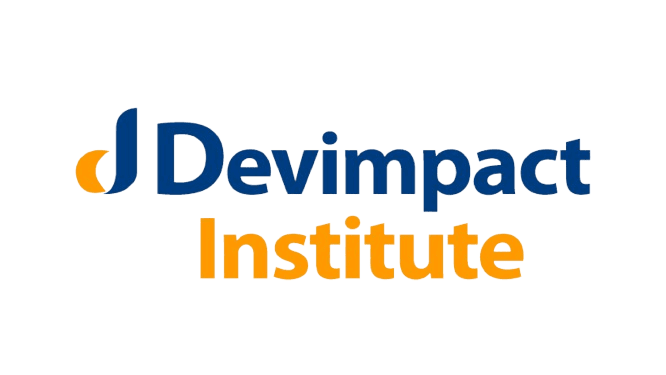
Training on Monitoring and Evaluation in Food Security and Nutrition
In order to achieve a world free of hunger and malnutrition, it is vital to provide sustainable solutions that provide the largest impacts on development outcomes. Monitoring and Evaluation tools and techniques plays a key role in ensuring Food Security programs are designed, implemented as planned and that they improve the well-being of the target communities. This course equips the participants with adequate skills to develop and manage robust M&E systems for the effective management of FSN programs. The learner is introduced to FSN indicators, tools and techniques for M&E in FSN.
Target Participants
This course is designed for researchers, project staff, development practitioners, managers and decision makers who are responsible for project, program or organization-level M&E in Food Security and Nutrition programs.
What you will learn
By the end of this course the participants will be able to:
- Understand monitoring and evaluation (M&E) of FSN programs
- Design a FSN project using logical framework
- Understand Food Security and Nutrition programs specific indicators
- Track performance indicators over the life of the project
- Evaluate FSN programs against targets
- Understand gender role in M&E in FSN programs
- Conduct impact assessment of Food Security and Nutrition programs
Course Duration
Online 7 Days
Classroom-based 5 Days
Introduction to M&E
- Definition of Monitoring and Evaluation
- Why Monitoring and Evaluation is important
- Key principles and concepts in M&E
- M&E in project lifecycle
- Complementary roles of Monitoring and Evaluation
Food Security and Nutrition M&E Frameworks
- Food security and Nutrition Conceptual Frameworks
- Food security and Nutrition Results Frameworks
- Logical Framework Analysis (LFA)
- LogFrame - Design of Food security and nutrition projects using LogFrame
Food Security and Nutrition Indicators
- FSN indicators definition: Dietary diversity score, Food Consumption Score, Coping Strategy Index, Nutrition indicators
- Indicator metrics
- Linking indicators to results
- Indicator Matrix
- FSN indicator performance tracking
M&E System design and M&E Planning in FSN
- Importance of an M&E Plan
- Documenting M&E System in the M&E Plan
- Components of an M&E Plan-Monitoring, Evaluation, Data management, Reporting
- Using M&E Plan to implement M&E in a Project
- M&E plan vs Performance Management Plan (PMP)
M&E Considerations for Sector Specific Programming
- Food Security Programs: Food Availability, Seasonality, Food Access, Food Utilization
- Health and Nutrition Programs; Selection of Indicators, sources of data, Reproductive Health
- Integrating Cross Cutting Issues into Data Collection
Data Management for M&E in FSN
- Different sources of M&E data
- Qualitative data collection methods
- Quantitative data collection methods
- Participatory methods of data collection
Gender integration in M&E for FSN
- Gender integration during project activities design
- Gender indicators in Food Security and Nutrition programs
- Cross cutting gender issues in FSN
- Measure of gender outcomes
Evaluation of Food Security and Nutrition Programs
- Determining evaluation points from results framework
- Components of evaluations: implementation and process evaluations.
- Evaluation designs- experimental, quasi-experimental and non-experimental
- Performance evaluation process
- Evaluation findings sharing and dissemination
Impact Assessment of Food Security and Nutrition Programs
- Introduction to impact evaluation
- Attribution in impact evaluation
- Estimation of counterfactual
- Impact evaluation methods: Double difference, Propensity score matching
M&E Results Use and Dissemination
- Use of M&E results to improve and strengthen FSN projects
- Use of M&E Lessons learnt and Best Practices
- Organization knowledge champions
- M&E reporting

